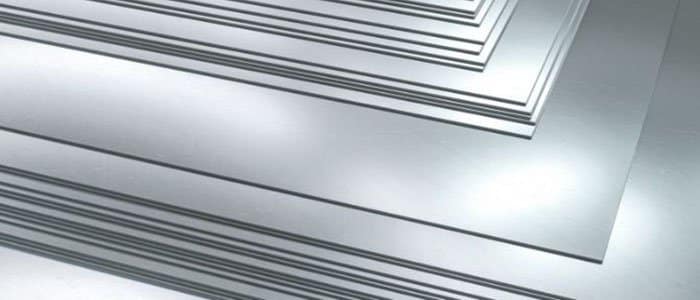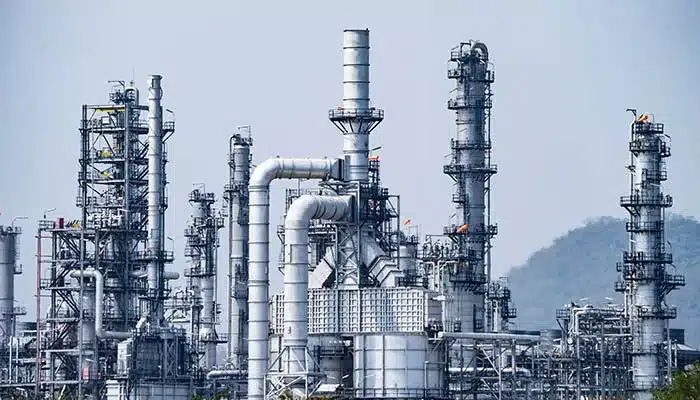When selecting materials for industrial applications, construction projects, or manufacturing processes, understanding the fundamental differences between stainless steel and carbon steel is crucial. Both materials serve essential roles in various industries, but their distinct properties make them suitable for different applications. This comprehensive guide explores the key differences between these two popular steel types to help you make informed material selection decisions.
Composition and Chemical Structure
The primary distinction between stainless steel and carbon steel lies in their chemical composition. Carbon steel is primarily composed of iron and carbon, with carbon content typically ranging from 0.22% to higher percentages depending on the grade. In contrast, stainless steel contains iron, carbon, and a minimum of 10.5% chromium, which forms a protective oxide layer on the steel’s surface.
Table: Chemical Composition Comparison
| Component | Carbon Steel | Stainless Steel |
| Carbon | ≤0.22% (varies by grade) | Generally lower, ≤0.08% in 304/304L |
| Chromium | Minimal or none | Minimum 10.5% (18-20% in 304) |
| Nickel | None or minimal | 8-10.5% in 304/304L grades |
| Other elements | Manganese, Silicon | Molybdenum in some grades (316/316L) |
Physical Properties and Performance
Hardness and Strength
Carbon steel generally offers higher strength and hardness compared to stainless steel in its basic form. The increased carbon content contributes to greater tensile strength, making carbon steel suitable for structural applications and high-stress environments.
Stainless steel typically provides good strength but with greater ductility and toughness. Certain stainless steel alloys can be heat-treated to increase their strength, though they generally remain more malleable than carbon steel.
Corrosion Resistance
Stainless steel demonstrates superior corrosion resistance compared to carbon steel, thanks to its chromium content that forms a passive protective layer. Carbon steel, with its higher carbon content and minimal chromium, is prone to rust and corrosion when exposed to moisture and certain environments. This fundamental difference makes stainless steel the preferred choice for applications in corrosive environments, such as chemical processing, marine applications, and food processing equipment.
Temperature Resistance
Different grades of stainless steel offer varying levels of temperature resistance. For instance, 1.4944 stainless steel is specifically designed for high-temperature applications and exhibits excellent heat resistance. Carbon steel, while generally suitable for many industrial applications, may experience reduced toughness at low temperatures.
Applications and Industry Use
The distinct properties of these materials lead to different applications across industries:
Carbon Steel Applications
- Manufacturing of springs and large cutting tools due to excellent mechanical properties and good hardenability
- Structural components in construction where high strength is required
- Industrial machinery parts where corrosion resistance is not a primary concern
Stainless Steel Applications
- Chemical processing equipment, valves, and fittings (particularly 304, 304L, 316, and 316L grades)
- Food processing and medical equipment due to excellent corrosion resistance and hygiene properties
- Marine and coastal applications where exposure to corrosive elements is high
- High-temperature environments, especially specialized grades like 1.4944
Maintenance Requirements
Carbon steel typically requires regular maintenance to prevent corrosion, including painting, coating, or galvanizing. Without proper protection, carbon steel will deteriorate when exposed to moisture and oxygen.
Stainless steel requires minimal maintenance due to its inherent corrosion resistance. Occasional cleaning is usually sufficient to maintain its appearance and functionality, making it a low-maintenance option for many applications.
Conclusion
Both stainless steel and carbon steel offer unique advantages that make them valuable materials in various industries. Understanding their differences in composition, corrosion resistance, mechanical properties, and applications is essential for selecting the right material for your specific needs.
At Dahxun Alloy Limited, we offer a comprehensive range of both stainless steel and carbon steel products to meet diverse industrial requirements. Our expertise in alloy materials ensures you receive the optimal solution for your application, balancing performance, durability, and cost-effectiveness.




